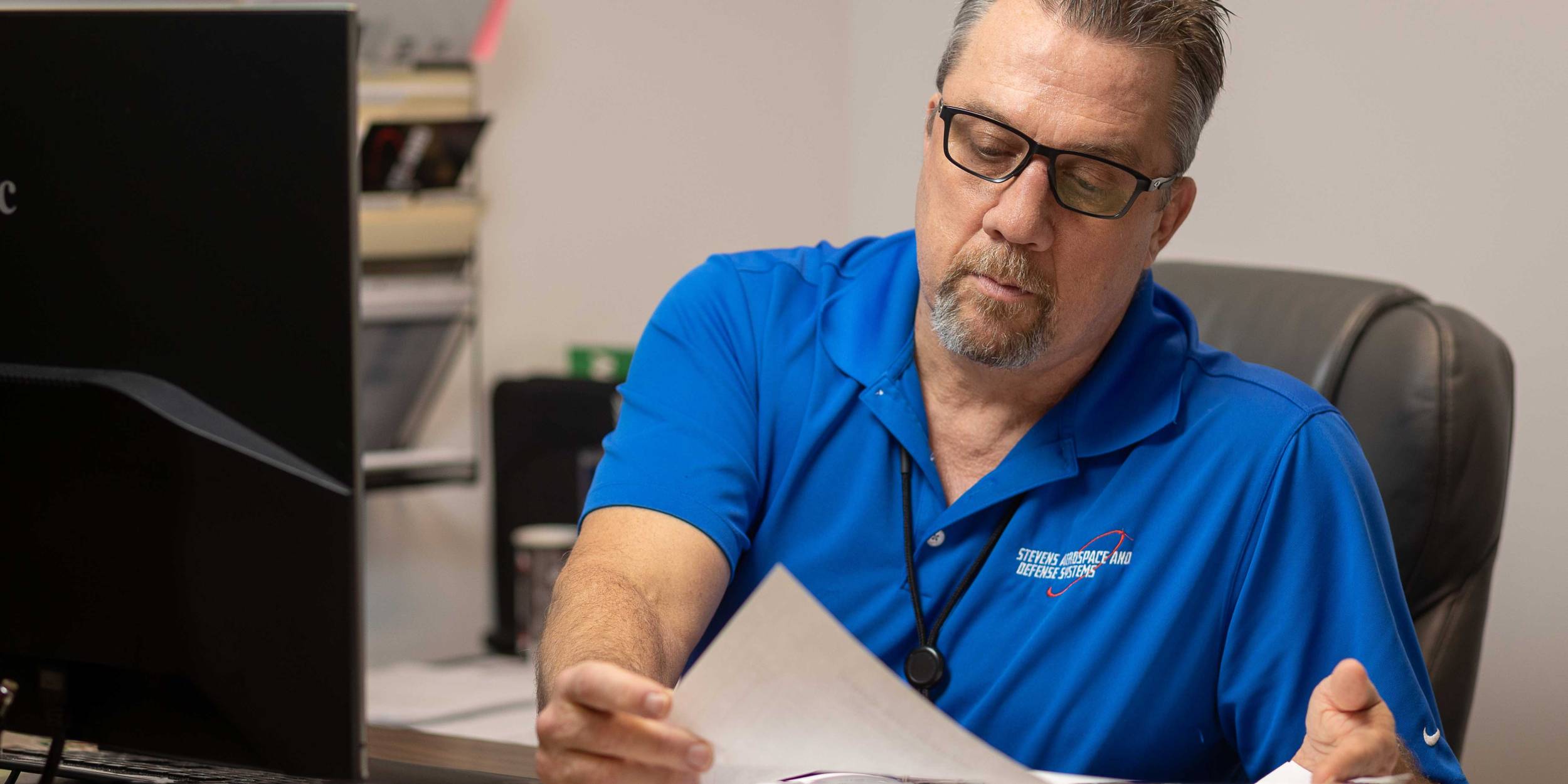Click Here to View This Page on Production Frontend
Click Here to Export Node Content
Click Here to View Printer-Friendly Version (Raw Backend)
Note: front-end display has links to styled print versions.
Content Node ID: 413869
Hey, you've got yourself an aircraft, congrats! But what's next? We've got you covered with a series of short, but informative, articles on what to expect regarding maintenance and upkeep. From initial communication to post-visit follow-ups, we'll cover it all. We'll focus on areas like understanding your needs and wants, dropping off your aircraft, keeping you updated during the repair process, and post-service follow-ups. Don't worry, we've been doing this for over 70 years, and we're constantly adapting to new technology and customer needs. So, let's dive in! If you missed the last article from this series, you can find it here: https://23271417.hs-sites.com/
Before we dive into the actual input, let's open up some talk about the depth of records and research needed prior to anyone touching your plane so that your service events can be as smooth and predictable as possible. Let's start by talking about your aircraft's history and understanding its "current state". 
When you purchased your aircraft, it most likely had thorough logbook research performed. If that didn't happen, consider having that done prior to your first service event. Logbook research will look for things like:
- The aircraft service history and who performed it to give you a better indication of the overall health of the aircraft.
- The status of service bulletins and airworthiness directives and how that might affect upcoming flying and maintenance.
- Any known aircraft damage and how it was repaired.
- The condition and completeness of the logbooks. Besides saving you time and money by knowing the plane's condition, having complete and organized logbooks will significantly impact the plane's value when you choose to sell.
- Finally, the research will generate a report of what is due now and in the future.
Based on this report, you and your repair facility will now have good insight as to where things stand. This will enable you to put together a practical and manageable plan regarding the aircraft’s upkeep to ensure it’s airworthy. Having a two-way team approach to this allows you to plan service events around your flying and gets you on a schedule well in advance of the input. Why is that so important? Because your repair facility needs to focus on things like:
- Planning for aircraft-specific labor and any required tooling.
- Allocating adequate floor space based on how long the aircraft is scheduled in the shop.
- Ordering known parts well ahead of time to ensure they are on-site before your arrival.
- Arranging for third-party vendor events such as engine inspections or overhauls, component repairs or exchanges, or even life vest and other safety equipment recertifications.
- Coordinating with any airframe, avionics, and engine coverage programs.
Summed up, knowing your aircraft's condition and working with a trusted advisor at a quality repair facility will give you peace of mind on where the plane's health stands but also provides the repair facility a baseline on what needs to be done, when, and by who. It's like your first visit to a new doctor – except the repair facility is filling out dozens of pages of information on the aircraft's health history – not you.
As you've probably already figured out, all aircraft will require regular maintenance based on flight hours or calendar days as portions of the plane and components come "due" for some form of inspection or replacement. Most aircraft are on a tracking program (one you made or one you bought) guiding and alerting you as to what is coming up next. That's another area where a conversation with your repair facility representative comes into play. More sophisticated shops will want to know your flying habits so they can help you project future maintenance needs and scheduling to maximize the time your aircraft is available for use. And be completely honest with your service provider. If you’re planning to take the grandkids on an epic summer trip to multiple locations, you don’t want to be halfway into that trip and discover that the airplane has come due for an inspection. Additionally, during the shop visit event, you can expect to have your tracking program updated as the shop's quality assurance group coordinates directly with the program providers to keep everything up to date before your departure. So, as you can see, a lot of information needs to be discussed before you bring the plane in for service and why those conversations are necessary.
Let's say you're thinking about avionics. Maybe you want to update a component or add something cool like synthetic vision or an auto-throttle. Or, you could add new cabin features like charging outlets or a moving map. An accurate parts and components list as well as updated wiring diagrams will help get you things quoted accurately "the first time" to help minimize those unexpected extra charges. Keep in mind that a single part number or a component modification status level can change pricing significantly or sometimes can determine whether you can make a change at all. A well-trained and informed repair facility will have this discussion with you to collect all this data prior to quoting anything, but more importantly, to give you an idea of the health and longevity of your cockpit and cabin systems. Also, understand that just one aircraft serial number difference from plane to plane can vary the cockpit and cabin avionics dramatically. It's best to get informed when things are calm ahead of time rather than discovering things while it’s at the facility being serviced. 
When it comes to refurbishing the interior, almost EVERYTHING you see, touch, or feel comes out of the plane. The time spent picking the new materials and color schemes is the fun part, but that is also a great time to consider cockpit or cabin avionics upgrades. Why? From top to bottom, all the wiring and skin of the aircraft will now be accessible. Taking advantage of additional upgrades now will save you time and money later. Your representative should be talking about this with you well in advance of the actual input of your plane for your interior.
In the end, you can see where ongoing communications and sharing a lot of details with your repair facility starts well before the actual service event. This will make for a more efficient and effective visit which will lower downtime and decrease those unwelcome "surprises."
Next time we'll get into the nitty-gritty of what happens when you bring your aircraft in for service. A lot goes into that initial meeting to ensure everyone's on the same page. It's called the aircraft induction and it's where you'll confirm all the items to be worked on, talk about your communication preferences, and meet your TSR (Technical Service Representative) who will be your primary contact during the whole event. You'll also chat about any new issues you've discovered, maybe even from your flight that day. It seems like a lot to keep up with, but don't worry; we will dive into that in the next part of this series.
If you still have questions we didn't cover, feel free to reach out. You can reach us at [email protected] or email Phil Stearns directly at [email protected]. We're always happy to help answer any aircraft-related questions you may have! See you next time!